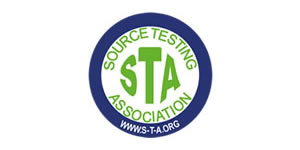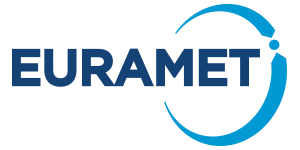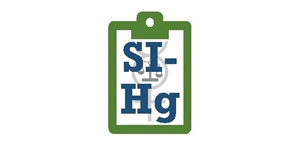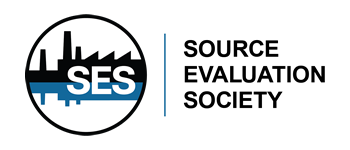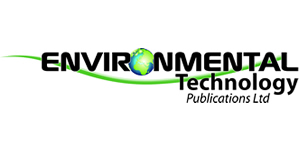| Abstract Title: | Validation and Uncertainty Assessment of an Airborne Miniature TDLAS System for Top-Down Methane Emission Quantification of Offshore Oil and Gas Facilities |
| Presenter Name: | Dr Abigail Corbett |
| Co-authors: | Mr Brendan Smith Mr Chris Adams Dr Peter Evans Mr Robert Jones Mrs Susannah Betts Mr Kris Kydd Mr James Lawson Mr Peter Vannan Mr Charlie Booth |
| Company/Organisation: | SeekOps |
| Country: | United States |
Abstract Information :
In recent years, oil amp; gas producers have made a concerted effort to limit and offset petrogenic sources of methane emissions as a direct response to the increased anthropogenic atmospheric methane and the abundance of evidence of long-term warming effects on climate. Verification of methane emissions from oil and gas facilities using an asset-level top-down methodology requires that the measurements adhere to standard practices of validation and uncertainty assessment so that data can be fairly and consistently compared, as suggested in the Oil and Gas Methane Partnership OGMP 2.0 Reporting Framework to achieve Level 5 gold standard. In this paper, we present results from the development of a miniature methane spectrometer integrated onboard a long endurance unmanned aerial vehicle that is capable of measuring methane emissions under normal operating conditions in an offshore setting and subsequent work to underpin confidence in the measurement method through controlled releases. The transition to Net-Zero has spurred increased focus on accurate and reliable methane emissions management through monitoring, quantification, and timely remediation. Currently, source-level bottom-up measurements are used to estimate methane emissions via generalized emissions factors and have had limitations of accuracy and consistency. Top-down measurements, generally performed at a regional scale, have often been at too coarse a resolution making direct comparison to reported values challenging and pinpointing leaks and single large emission sources difficult. Conversely, bottom-up emissions factor often paint emissions with too-broad a brush resulting in both over- and under-estimations. rnrnTo accurately measure methane emissions in near real-time from assets in a large oil and gas producing offshore region, such as the North Sea, oil and gas operators through the Net Zero Technology Centre NZTC worked together utilizing our accurate state-of-the-art miniature methane spectrometer sensor with a best-in-class long-range UAV allowing deployment from land to 9 offshore platforms in the North Sea in 2020 and 2021, where operational interruptions were minimal, no personnel mobilized to asset, and safety protocols were strictly followed. Through these deployments, we accurately measured and quantified individual facility level emissions in an offshore environment with an absolute percent difference between emitted and mass flux measurement of lt;16 and an average percent error of 6. The pairing of innovative helical flight patterns and robust algorithms developed to isolate and calculate the mass flux around each asset allowed for rapid processing time and demonstrated the use of this technology to derive accurate facility level emission rates to verify current industry performance and data. In this work, the helix mass flux methodology is introduced in detail, including calculations of horizontal advective flux, simulations, flight patterns, and detailed comparison with a range of controlled release experiments to validate the methods and gain a greater understanding of measurement uncertainties. Additionally, a comprehensive uncertainty study pertaining to the in-situ mass-balance quantification method is performed and discussed based upon the Guide to the Expression of Uncertainty in Measurement GUM standard.rn


